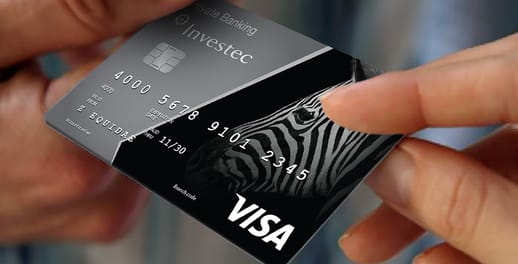Get Focus insights straight to your inbox
Tax-free savings annual and lifetime contributions
There is a limit to how much you can put away in tax-free savings or investments. Your annual contribution may not exceed R36,000 in an annual tax period as defined by SARS and your lifetime contribution may not exceed R500,000. This gives you a savings and investment horizon of about 13 or 14 years, an important point of consideration.
Tax-free investments may be a good option if you haven’t started investing, believe you don’t save enough or if you want to invest on behalf of your child under the age of 18.
The Investec approach
While you may understand this tax break, the world of investments can be intimidating. At Investec, we strive to simplify complex investment terms, make investing as effortless as possible and minimise the cost of investing. (For example, we don’t charge any commission or advice fees, so you don’t lose any capital in paying a financial adviser’s fees.)
In keeping with this approach, we have streamlined our investments into core funds made up of five local unit trusts and two offshore unit trusts available as tax-free options.
Still not sure about tax-free for you or your family? We answer five common questions about tax-free savings and investments.
1. How much money should you put into tax-free savings?
You can use annual contribution limits to help you decide what amount to save. Let’s take look at three scenarios.
- If you set up a debit order to fund a tax-free account with R1,000 a month, you will have R12,000 in the account in a tax year. If you have surplus funds (from a bonus or an instant access cash savings account) before the tax period closes, you can top up the tax-free savings account
- If you have R50,000 as a lumpsum available to invest, you can put R36,000 into a tax-free investment (this is the maximum annual tax-free contribution you can make). The balance of R14,000 can be used for another investment, to keep as cash on hand, or put into an emergency fund
- If you open a tax-free saving or investment for your child at birth and contribute the maximum annual contribution, you could reach the lifetime contribution by the time they are a teenager. As an adult, your child may decide to keep the money in the investment until they are ready to make their first significant purchase (such as a property), for further studies, or to start a business.
2. How long can you commit?
The second thing to consider is liquidity. If you might need your funds in one to five years, tax-free may not be the best route. You may want to explore short-term options (including fixed deposit cash accounts, money markets or structured products).
The estimated period of the investment is an important consideration because if you withdraw any part of the tax-free saving or investment, it will count towards your overall lifetime contribution and cannot be replaced. If possible, it should be the last area from which to withdraw funds.
However, if you can invest for a longer period, you may want to consider a tax-free unit trust fund.
3. What is the benefit of tax-free versus other investments?
The obvious answer is that it is completely tax-free. When you take out tax-free savings and investments, you attract zero tax at any point in the investment and, more importantly, when you cash out. You will pay no Capital gains tax and no dividends tax.
The less obvious benefit, often overlooked, is compounding interest, which is in effect interest on interest. It is the accumulated interest worked out on the principal or the first amount that you save or invest. The longer you don’t touch your savings or investment, the more interest you will earn.
4. When is the best time of the year to fund a tax-free account?
SARS’s tax year ends on the last day of February every year, so you should try to reach your annual contribution limit before this date.
If you have any surplus funds before this tax period closes, you should consider topping up or reaching your annual limit.
Of course, you shouldn’t wait until the last moment to maximise your tax-free savings. Many people use a debit order to fund their tax-free savings unit trust accounts – anything from R1,000 to the maximum of R3,000 a month.
A good date to start evaluating your tax-free savings strategy is in March, at the start of a new tax period.
Keep in mind, you can move a tax-free savings account from one financial institution or investment house to another without any tax or penalty or affecting your lifetime contribution. Some investors do this to consolidate their tax-free investments or choose an investment vehicle that best suits their needs over the long term.
5. When should you start?
The earlier you start, the better. However, you should also consider your life stage. If you are young and at the start of your career, you can see it as funding your future or complementing your retirement.
If you are more established in your career and investment journey, you may be more focused on gaining some tax relief. Tax-free may not sound like the most exciting investment opportunity, but receiving a tax break is a great benefit, if not for you then for your children.
LISTEN: to Ayabonga Cawe’s podcast on Unpacking Wealth Creation
I'm interested and I'm a client
If you’re an Investec client, log onto Investec Online and select ‘My investments’. Or if you require further assistance please contact us.





